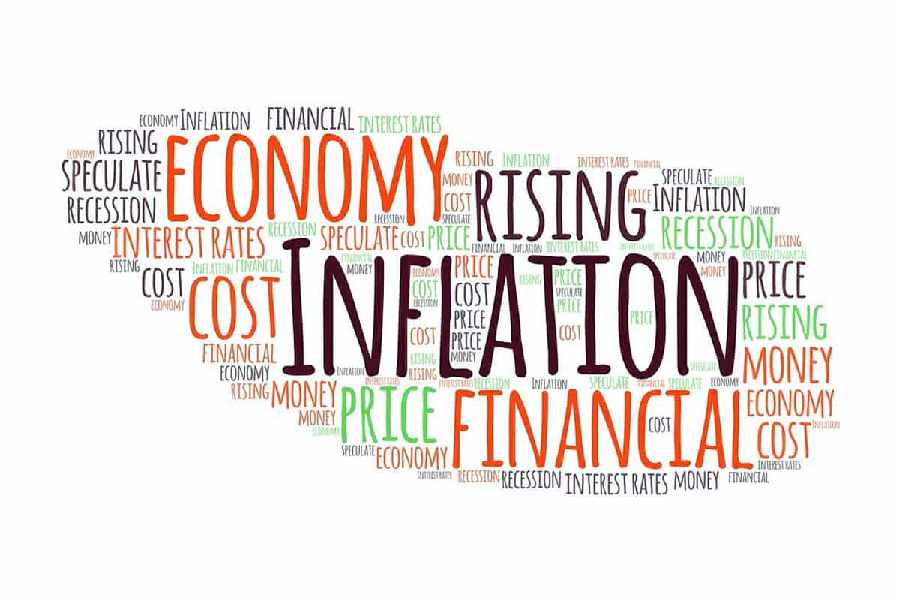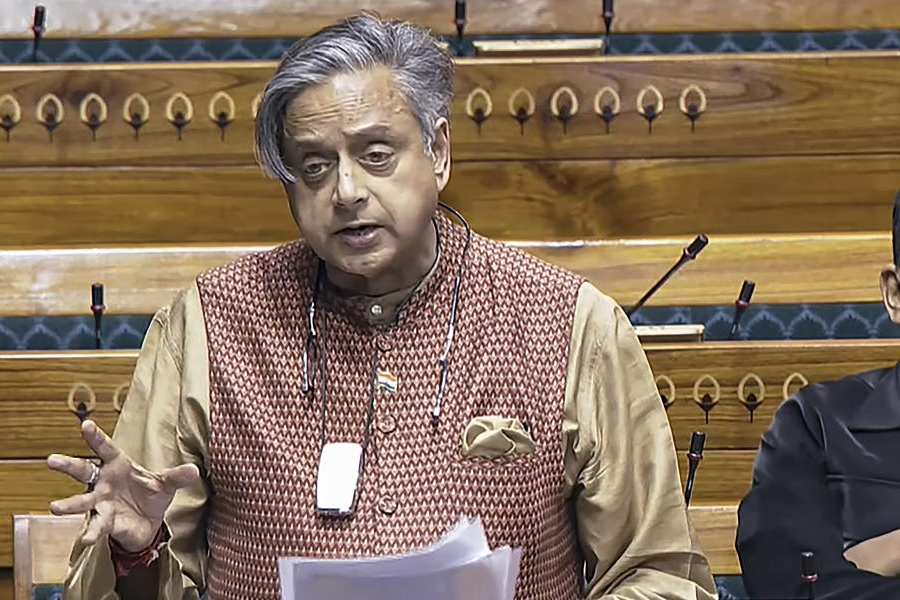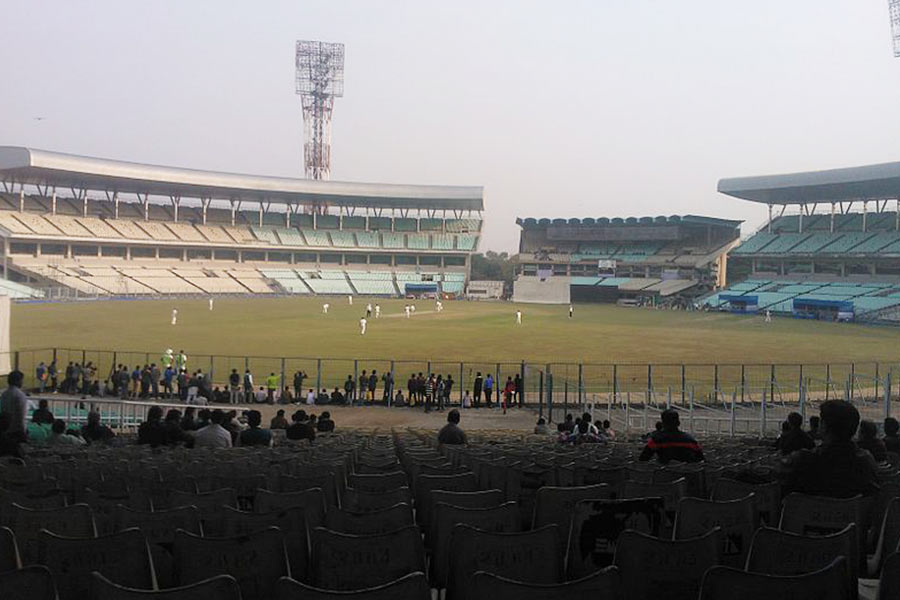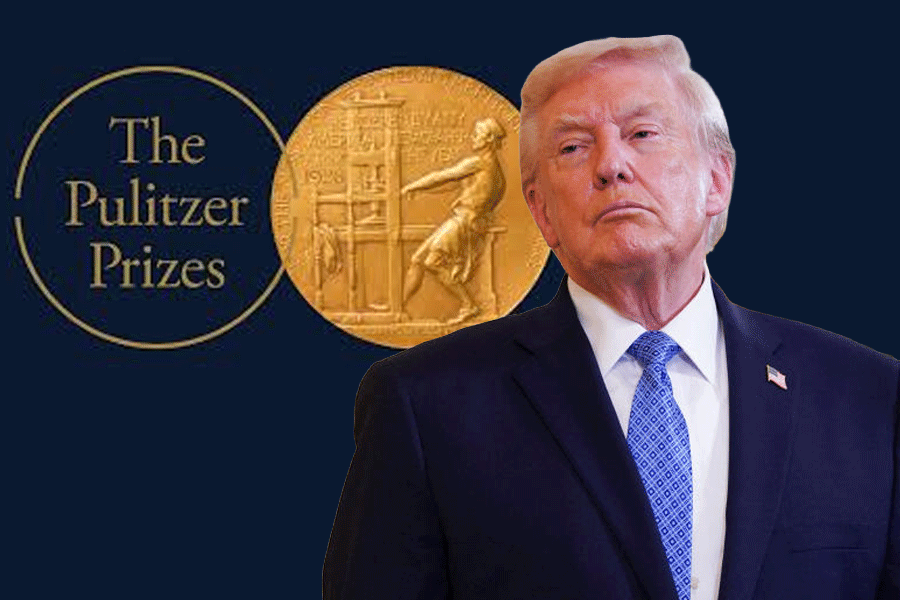A benign inflation in February and expectations of a further easing in CPI inflation in the fourth quarter of 2024-25 has cleared the decks for the monetary policy committee chaired by RBI governor Sanjay Malhotra to consider a cut in repo rate — the interest rate at which the central bank lends money to commercial banks — in the next meeting scheduled in April, feel economists.
A monetary policy easing coupled with higher government spending on capital expenditure and consumption boost from tax cuts announced in the budget is expected to provide an impetus to GDP growth. While the Economic Survey has projected GDP growth for the next fiscal at 6.3-6.8 per cent, on Wednesday rating agency Moody’s has estimated a growth of 6.5 per cent in FY26.
At the February meeting, the monetary policy committee reduced the policy repo rate by 25 basis points to 6.25 per cent. A reduction in the policy rate was last seen in 2020.
According to economists, the moderation of the CPI — the rate at which prices of goods and services consumed by households are rising — to a seven-month low of 3.6 per cent in February, backed by softening of food inflation, is good news for the economy.
Besides, a favourable Index of Industrial Production — a composite indicator that measures the short-term changes in the volume of production of a basket of industrial products — of 5 per cent (against 3.2 per cent in December) indicates an improvement in industrial growth.
Against this backdrop, there is headroom for another 25 basis points cut in rates in the April meeting, followed by one more round in June, which will give a further fillip to the subdued credit growth and boost private capital expenditure, said Soumya Kanti Ghosh, group chief economic adviser, State Bank of India.
“CPI inflation may come down to 3.9 per cent in Q4 FY25 (5.63 per cent in Q3FY25) and average to 4.7 per cent in FY25. Based on this trend, we expect FY26 inflation may come to 4.0-4.2 per cent and core inflation in the range of 4.2 per cent to 4.4 per cent,” he said.
Ghosh added that it is expected that there could be a 75 basis point cumulative rate cut by the RBI in the current cycle with successive rate cuts in the next policy in April and June 2025, followed by an intervening gap in August 2025.
Upasna Bhardwaj, chief economist, Kotak Mahindra Bank, echoed him saying that the decline in February CPI numbers has created room for a more than anticipated monetary easing.
“We expect a 25 basis points rate cut each in April and June policy along with a shift in the stance to accommodative. Beyond June, we continue to monitor the downside risks to growth to decipher room for additional rate easing,” she said.
Aditi Nayar, chief economist and head-research and outreach, Icra, and Dipti Deshpande, principal economist, Crisil Limited, shared similar views.
Credit growth
Credit offtake as of February 21, 2025 saw an 11 per cent year-on-year growth compared with 11.3 per cent in the previous fortnight ended February 7, 2025. The growth in credit offtake is significantly less than the 20 per cent mark seen in March 2024.
Lowering interest rates is expected to improve the credit offtake and result in more private-sector investment.
Around 4000 corporate houses listed on the bourses have reported a revenue growth of 6.2 per cent, while EBIDTA (earnings before interest, depreciation, tax, amortisation) and profit after tax grew around 11 per cent and 12 per cent, respectively, in Q3FY25 compared with Q3FY24.
“With the balance sheet remaining strong, interest coverage comfortable and a downward rate cycle, India Inc would be ready for the next ride of the capex cycle,” said Ghosh.
Key concerns
There are a few areas of concern within the CPI numbers that economists anticipate will be under the RBI’s radar.
Edible oil inflation has increased to a 34-month high of 16.4 per cent, primarily driven by the rise in prices globally. The recent rupee depreciation has also impacted domestic prices as India imports edible oils. With gold and silver prices on the rise, the core inflation has crossed the 4 per cent mark for the first time since November 2023, reaching 4.1 per cent against 3.6 per cent in January, said Deshpande.
“The trajectory of global commodity prices remains monitorable given the overhang of uncertain trade policies and geopolitical tensions,” said Rajani Sinha, chief economist, CareEdge Ratings










